According to a new study published in the journal Biological Conservation, 40 percent of global insect species are threatened with extinction. The four most affected aquatic insect populations, which the study describes as "imperiled," are caddisflies, mayflies, stoneflies and dragon and damselflies.
You don't have to be an entomologist or fisheries biologist to know that aquatic insect populations are integral to the health and survival of trout and other freshwater fish species. You don't even have to be an avid angler. All you need to do is walk into any fly shop in the country and amble over to the bins filled with countless feather, fur and thread-fashioned imitations of caddis, dozens of delicate mayfly species, big bulky stoneflies and more.
The study performed a comprehensive review of 73 different insect species, identifying serious threats to both terrestrial and aquatic insects. Among terrestrial insects, beetles, butterflies, bees and wasps are the most threatened. According the study's authors, their work revealed "dramatic rates of decline that may lead to the extinction of 40% of the world's insect species over the next few decades."
The outlook for caddis appears startlingly bad, with 63 percent of caddisfly species determined to be threatened.

The study identifies the primary drivers of these population declines, in order of importance, as habitat loss (due primarily to intensive agriculture and urbanization), the use of pesticides and fertilizers, biological factors such as invasive species and, unsurprisingly, climate change.
Perhaps most alarmingly, major declines or extinctions of insect species have impacts far beyond those species themselves. Not only do these declines have the ability to spell peril for beloved animal species like trout, they have the ability to disrupt entire food webs. The study notes that "species extinctions equally impact the overall biomass of entire ecosystems, as insects form the base that supports intricate food webs. Indeed, the essential role that insects play as food items of many vertebrates is often forgotten. Shrews, moles, hedgehogs, anteaters, lizards, amphibians, most bats, many birds and fish feed on insects or depend on them for rearing their offspring. Even if some declining insects might be replaced with others, it is difficult to envision how a net drop in overall insect biomass could be countered."
Read the full study here.





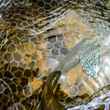






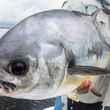



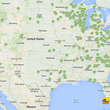




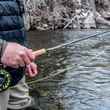




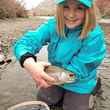



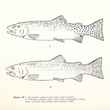
Comments
t tanner replied on Permalink
This news sucks. That said, it's completely in line with the empirical evidence we see on our rivers and streams. The hatches on famous rivers like the Missouri and the Henry's Fork are not nearly what they once were.
Long story short, it's time for us to get our act together and stop trashing the world we live in.
Ian Martin replied on Permalink
Pesticides are increasingly restricted in the EU because of the mountain of evidence of their harmful effects on non-target biota, including humans. Yet there is a perverted ideology making headway in the EPA, rolling back regulation and even suggesting that low levels of contaminant exposure are good for human health! Mayfly and caddisfly emergence density is way down from what it was 25 years ago in agricultural areas, and pesticides like neonicotinoids are regularly detected in our rivers and their aquatic organism life.
jw replied on Permalink
Will the fisheries management folks take this info into account in their use of rotenone to eradicate non-native fish species in our waterways?
Pages